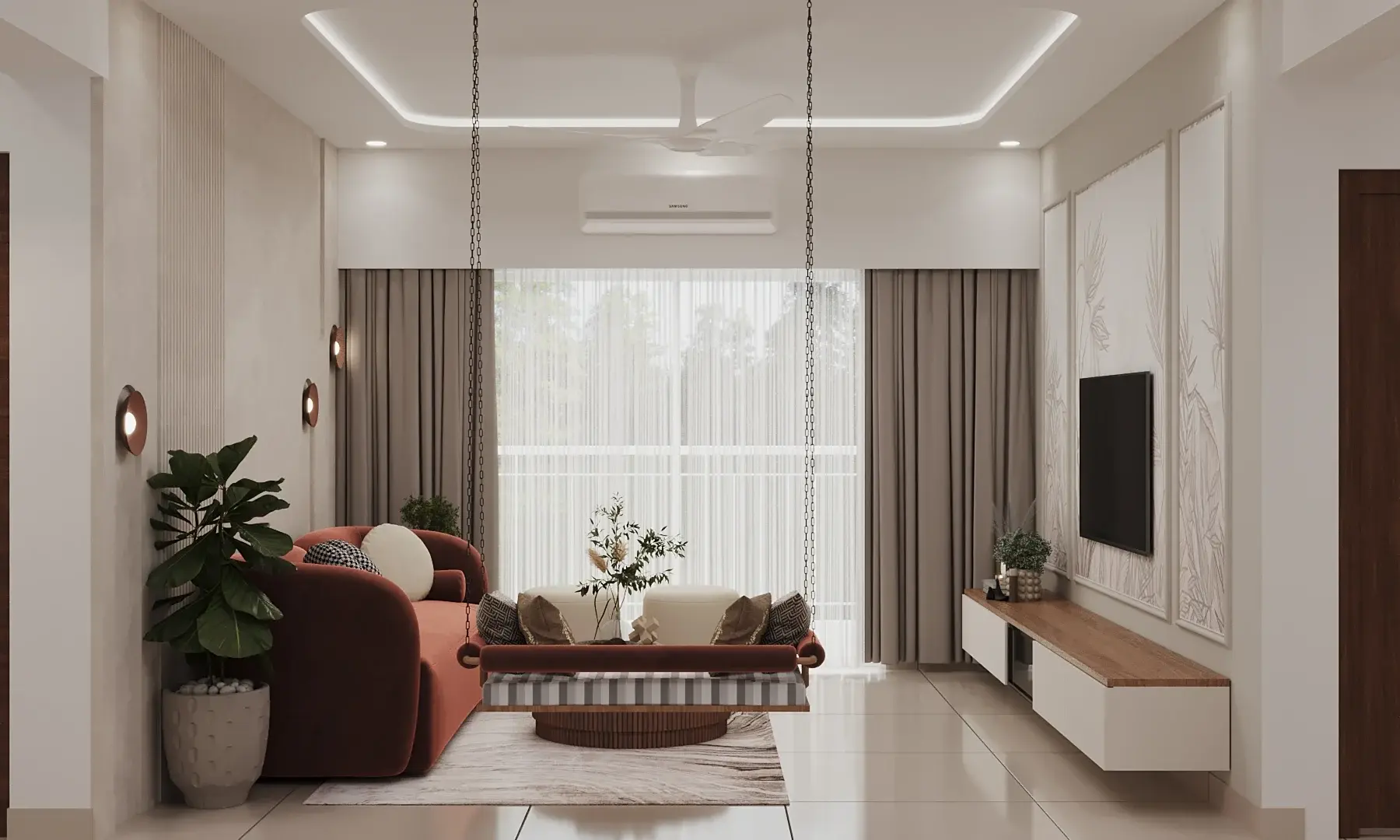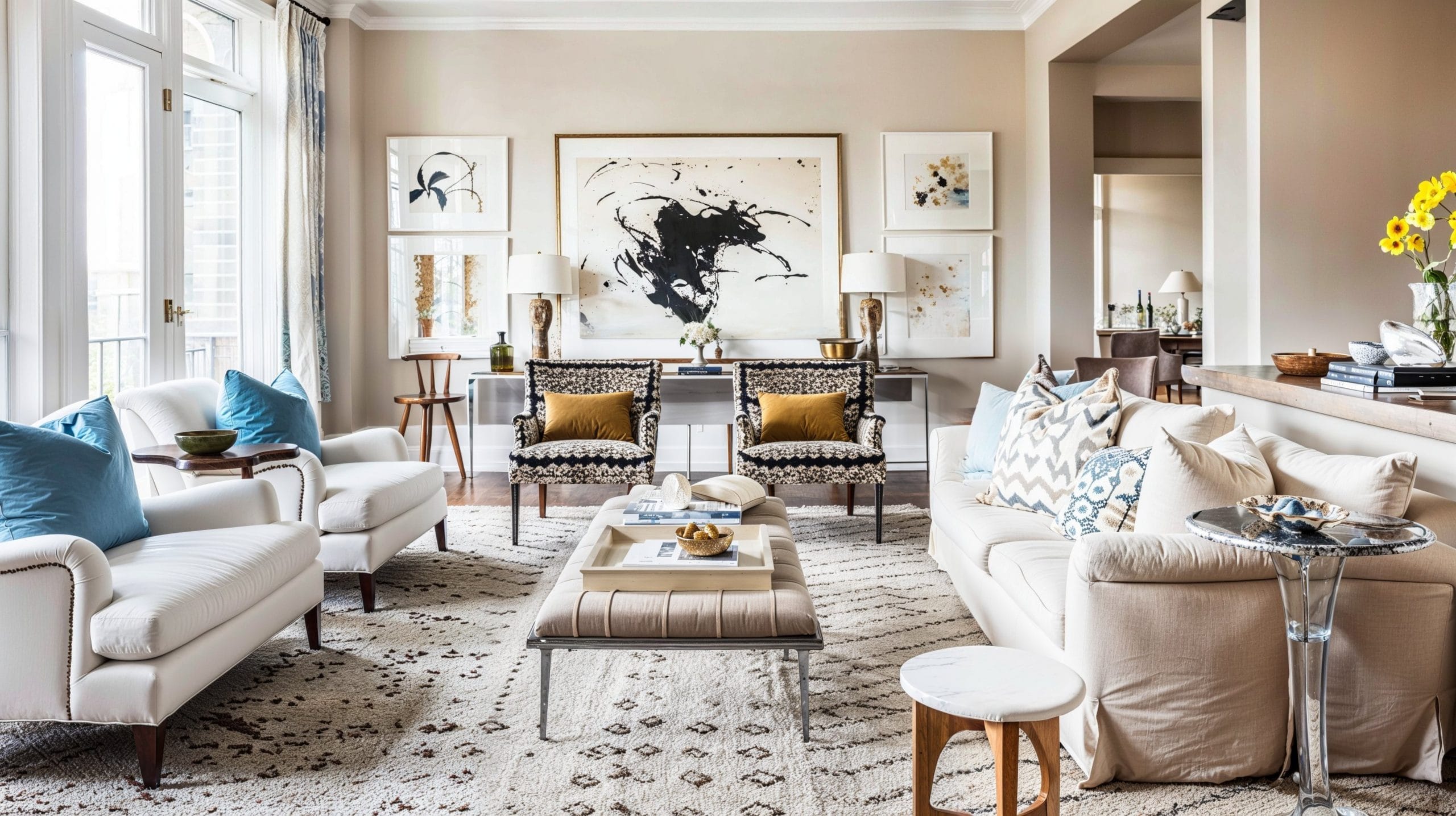Trusted Architecture Firm delivering world-class design solutions.
Trusted Architecture Firm delivering world-class design solutions.
Blog Article
Change Your Home With Necessary Principles of Interior Layout and Looks
By understanding the effect of shade concept and the significance of structure and patterns, one can develop rooms that are not only visually attractive yet also deeply individual. Achieving this balance involves more than plain decoration; it includes a critical arrangement and an eager understanding of how each aspect connects within an area.
Comprehending Shade Concept
Color theory is a fundamental aspect of interior decoration that dramatically affects state of mind, perception, and overall aesthetic. Understanding the principles of shade concept permits developers to develop areas that resonate mentally with passengers while meeting useful demands (luxury interior design). Colors can be categorized into three key types: main, additional, and tertiary. Each classification plays an important duty in developing consistency within an area.
The emotional effect of shades is profound; cozy colors such as reds and oranges evoke power and warmth, while awesome tones like blues and greens advertise calmness and peace. Additionally, the use of corresponding colors boosts visual passion, producing striking contrasts that can elevate a space's appeal.
Neutral shades, on the other hand, work as a functional backdrop, permitting other style components to radiate. It is essential to think about factors such as illumination and the room's function when picking a color combination, as these can modify the understanding of shades throughout the day.
Eventually, a well-considered color pattern can transform an area, fostering a sense of convenience and design that aligns with the occupants' preferences. Mastery of color concept is, therefore, an important ability for any kind of indoor designer aiming to produce harmonious and welcoming settings.
Attaining Balance in Style
Exactly how can developers attain a feeling of equilibrium in their areas? Accomplishing equilibrium in layout is basic to developing unified insides. Developers can utilize three primary sorts of balance: balanced, unbalanced, and radial. Balanced equilibrium entails organizing aspects uniformly around a central point, fostering a sense of order and harmony. This type usually includes sets of furnishings or art work, improving visual stability.
Asymmetrical balance, on the various other hand, counts on differing components that still attain a natural look. This approach enables even more dynamic and informal arrangements, providing passion while keeping stability. By meticulously picking differing sizes, shades, and appearances, designers can create an aesthetically engaging room that really feels well balanced yet energetic.
Radial balance highlights a central prime focus with aspects radiating external. This design is frequently seen in round formats, where furnishings and decoration create a natural surround that attracts the eye inward.
Inevitably, accomplishing equilibrium needs thoughtful factor to consider of scale, percentage, and the relationships in between elements. Architecture Firm. By skillfully applying these equilibrium principles, designers can change rooms into atmospheres that feel both visually pleasing and functionally unified, boosting the overall experience for owners
Significance of Spatial Understanding

An eager feeling of spatial recognition allows designers to find identify prime focus within a space, leading the viewer's attention to key features while keeping an overall feeling of unity. It additionally aids in the calculated positioning of illumination, which can significantly influence the perception of area and mood. Moreover, comprehending spatial connections allows the designer to accommodate the details demands of citizens, making certain that each location offers its designated function without compromising looks.
Eventually, spatial awareness is essential for optimizing the capacity of any indoor area. By carefully taking into consideration the interaction between measurements, format, and function, designers can develop settings that not only meet practical requirements yet likewise stimulate a sense of convenience and beauty, improving the overall living experience.
Integrating Texture and Patterns
Accepting a varied variety of structures and patterns can significantly improve the aesthetic and tactile charm of an indoor space. The calculated usage of various products-- such as timber, metal, material, and rock-- develops depth and rate of interest, making an area really feel much more welcoming and vibrant. For instance, integrating smooth surface areas with rough structures can develop an equilibrium that attracts the eye and involves the detects.
When integrating patterns, take into consideration both range and rep. Large patterns can function as centerpieces, while smaller, subtle styles can match various other components without overwhelming the space. Layering patterns, such as pairing floral pillows with striped throws, adds complexity and a sense of consistency if executed thoughtfully.
It is likewise essential to maintain a natural color palette, ensuring that appearances and patterns collaborate instead than contend for attention. By picking a few key appearances and patterns, you can produce a combined visual that mirrors your personal design while boosting the general ambiance of the area. Eventually, the careful unification of these aspects can transform an ordinary space right into a sophisticated setting rich with personality and warmth.
Individualizing Your Space
Developing an area that mirrors your character is essential to accomplishing a truly welcoming environment. Customization in interior decoration permits you to infuse your one-of-a-kind style and passions into your home, changing it from a mere sanctuary right into a haven that talks to who you are. Begin by choosing a shade scheme that resonates with your feelings-- vibrant shades can invigorate, while soft tones offer harmony.
Include art work and decor that reflect your enthusiasms, whether it be traveling, nature, or abstract principles. Presenting individual collections, such as books, photographs, or souvenirs, can evoke treasured memories and develop prime focus within an area. In addition, consider customizing practical pieces, like upholstered furniture, to line up with your visual choices.

Verdict
Finally, the improvement of a home through the important concepts of interior decoration and aesthetics demands a detailed understanding of important source color concept, balance, spatial recognition, texture, and customization. Each aspect contributes considerably to producing a harmonious and useful living environment - miami interior design. By thoughtfully integrating these principles, people can enhance the visual charm and emotional vibration of their rooms, inevitably promoting a home that reflects one-of-a-kind identities while offering comfort and practicality
Report this page